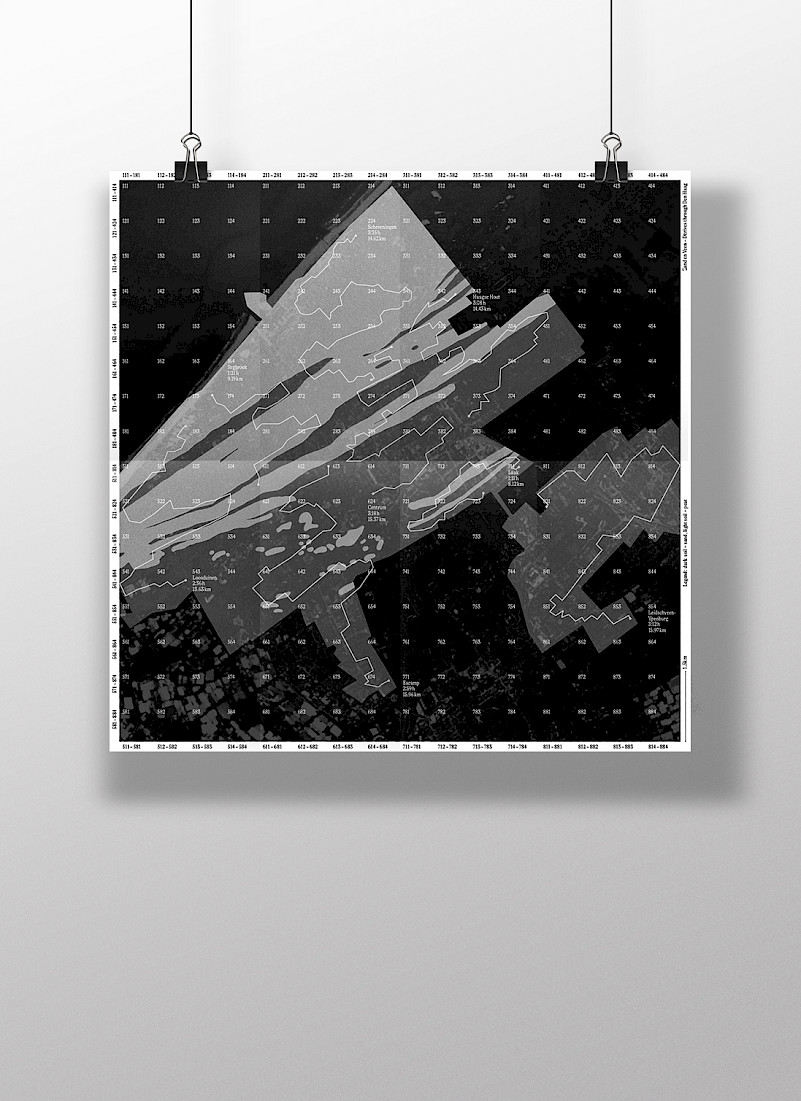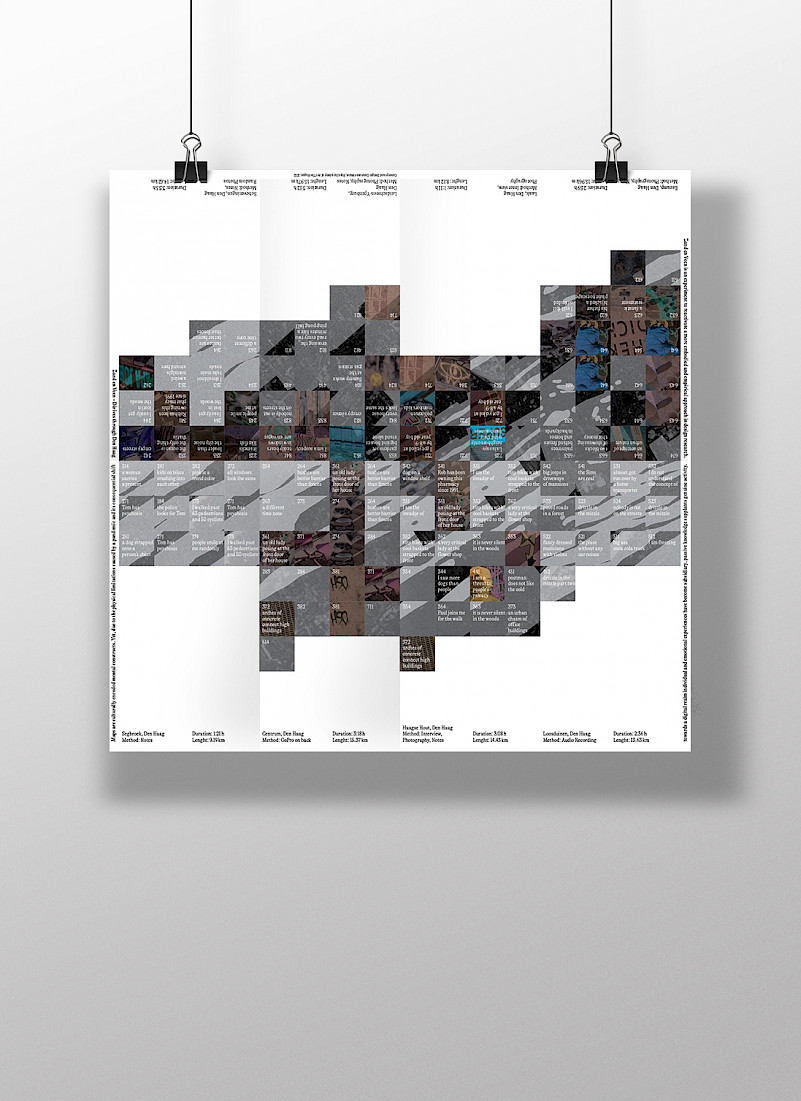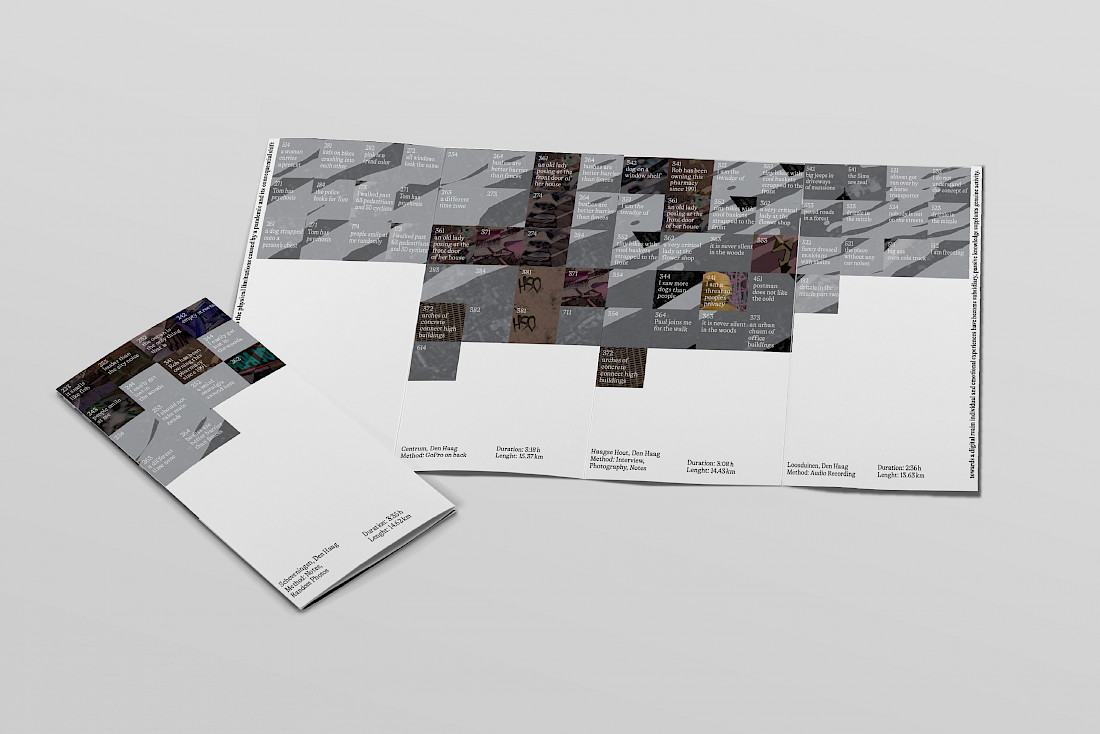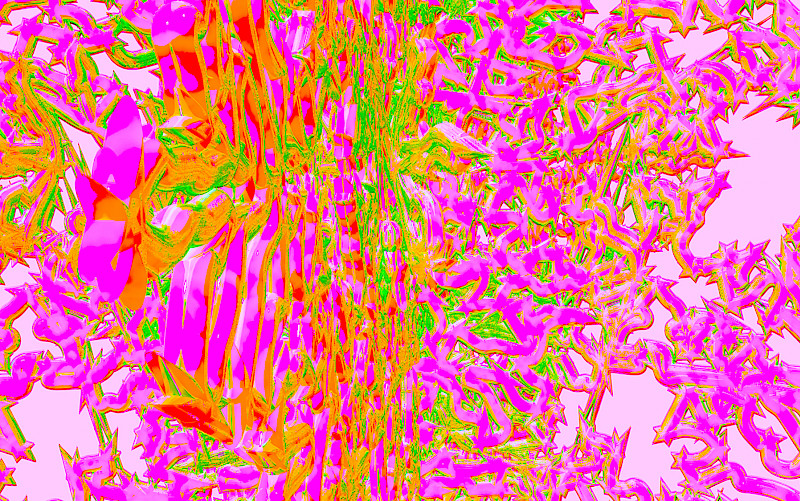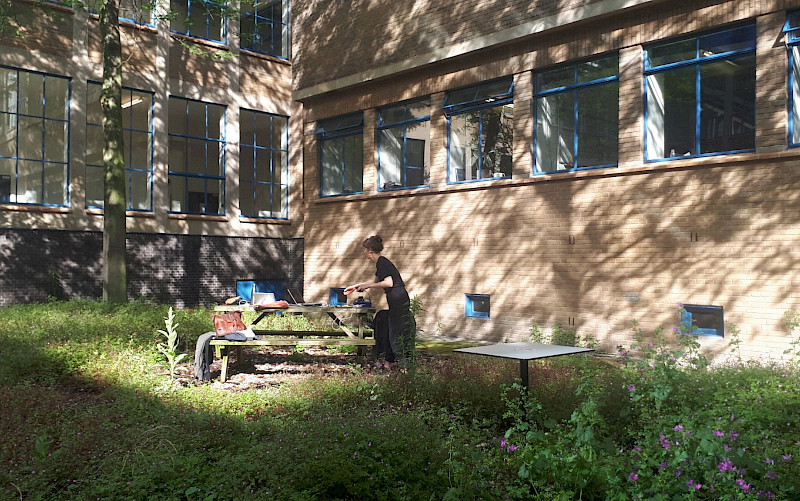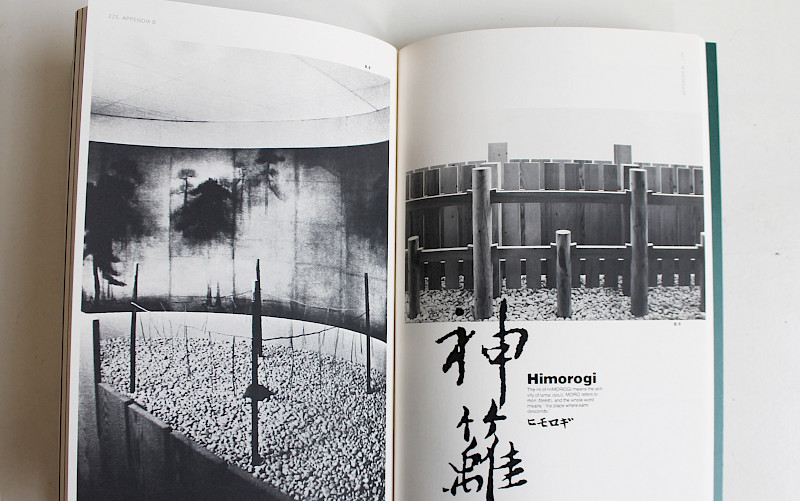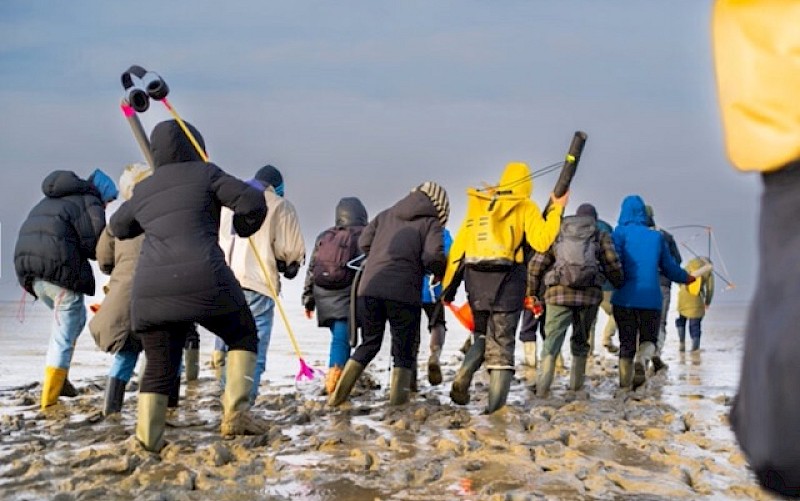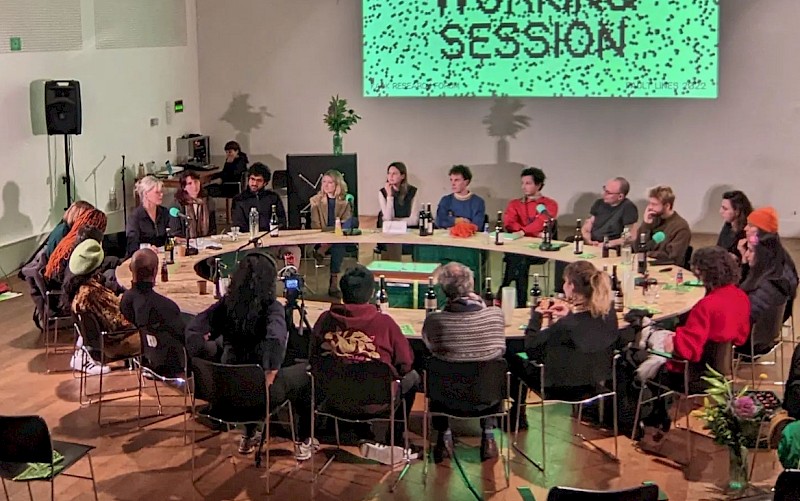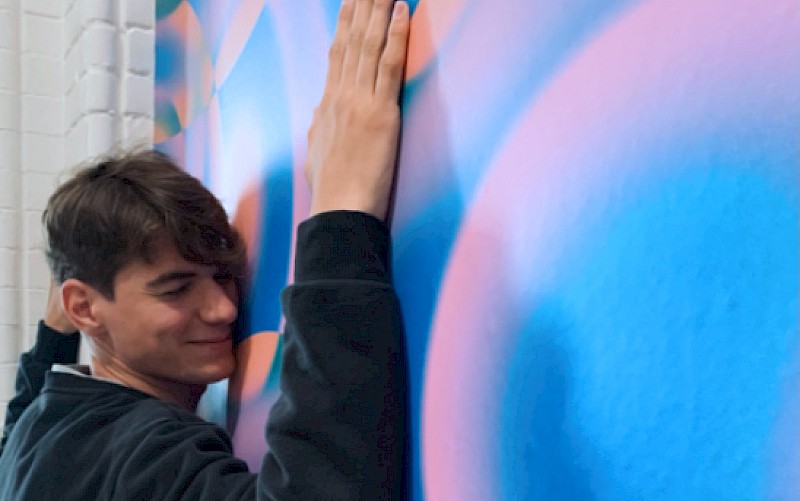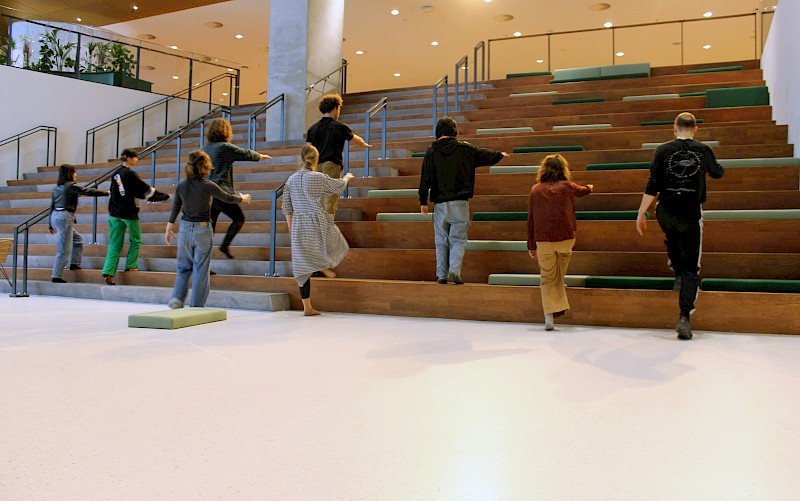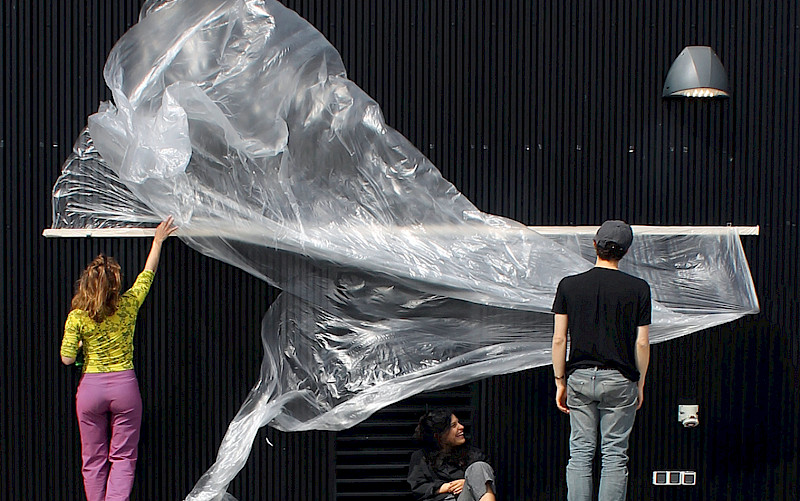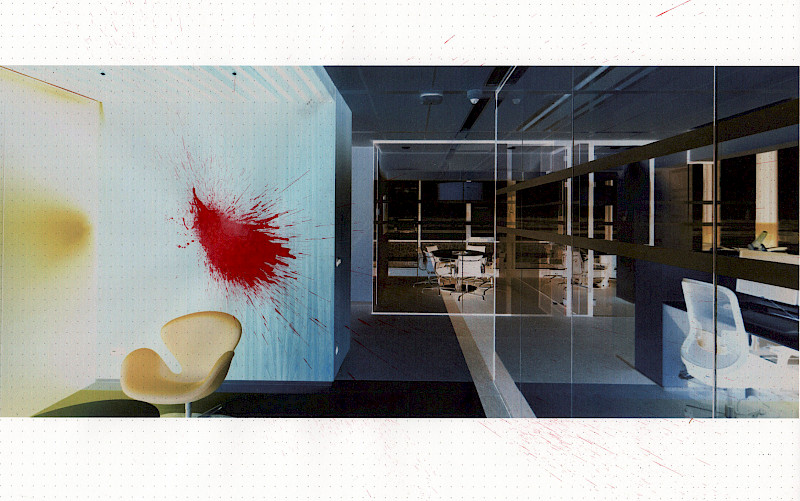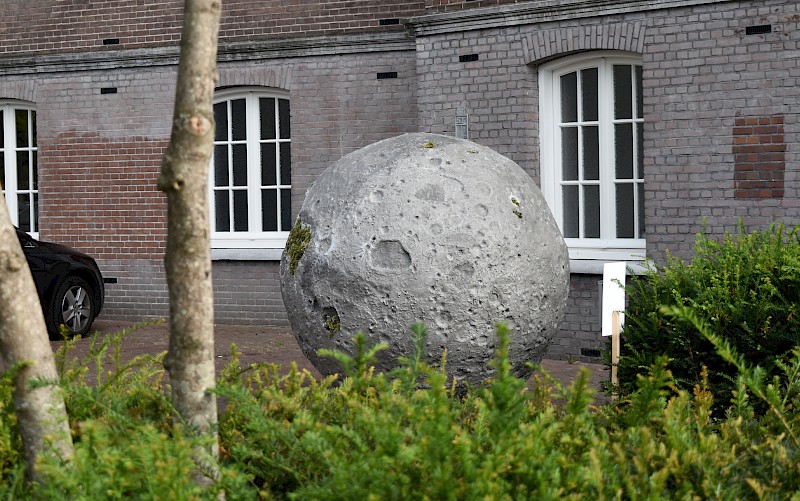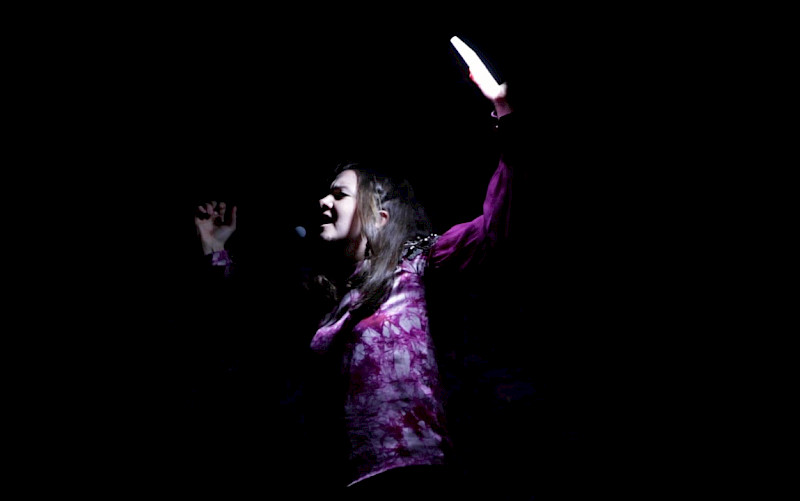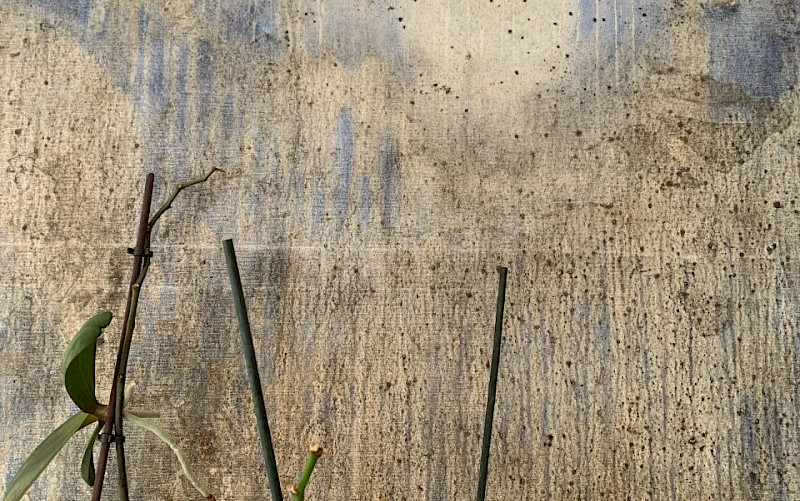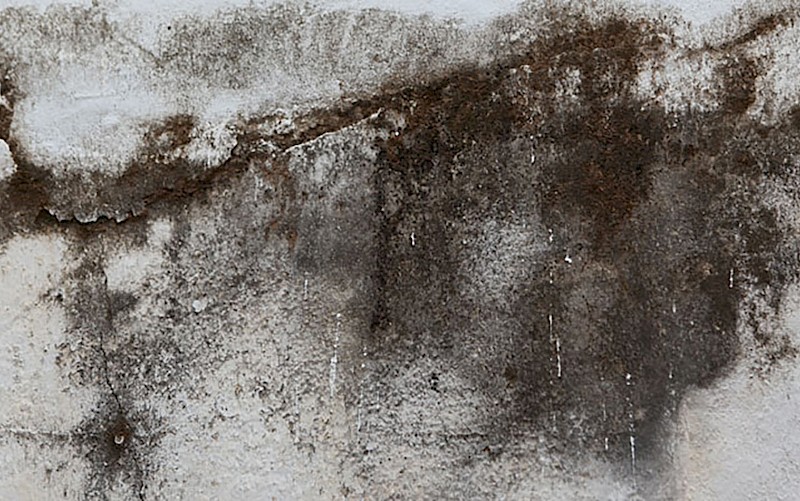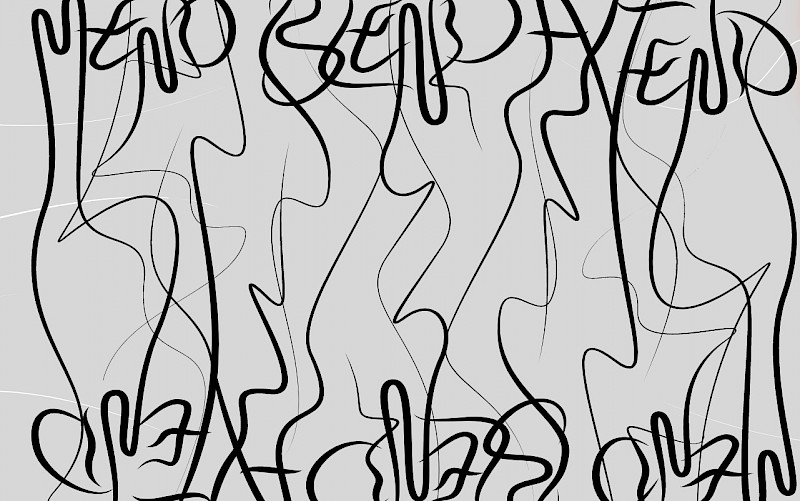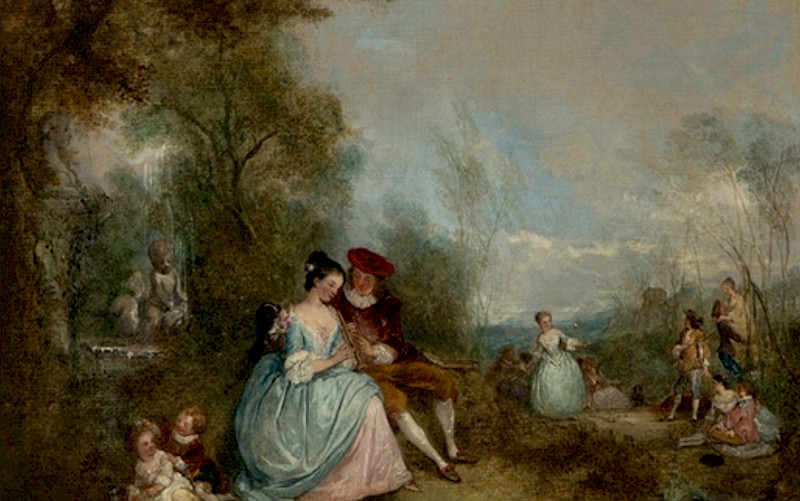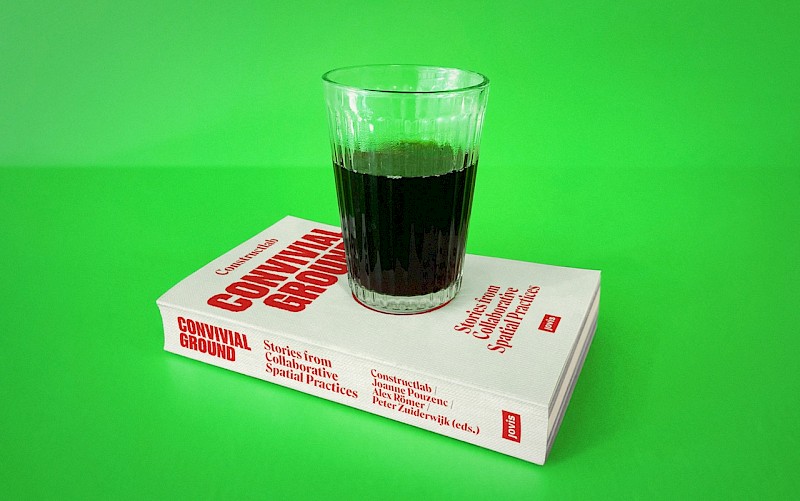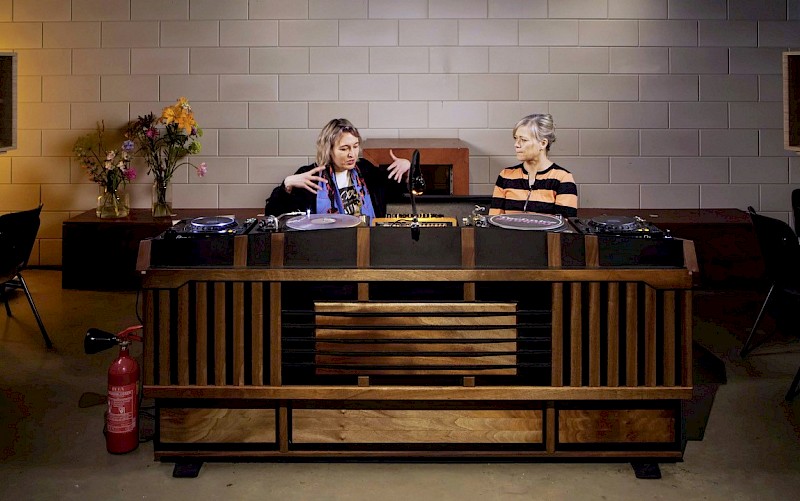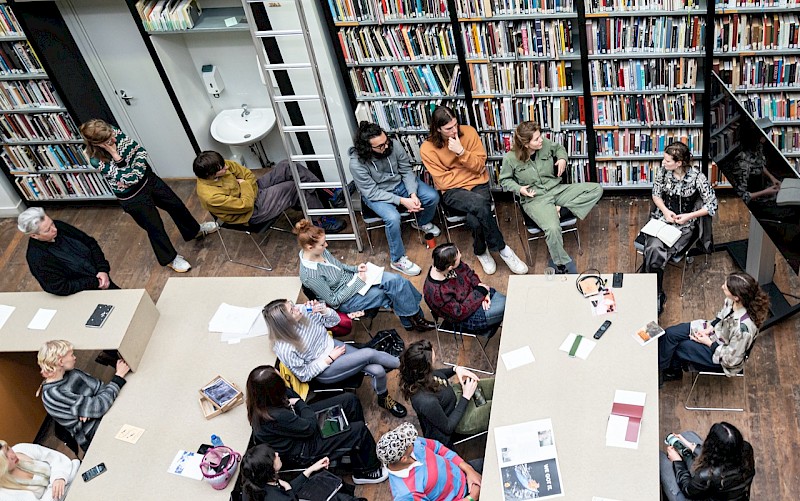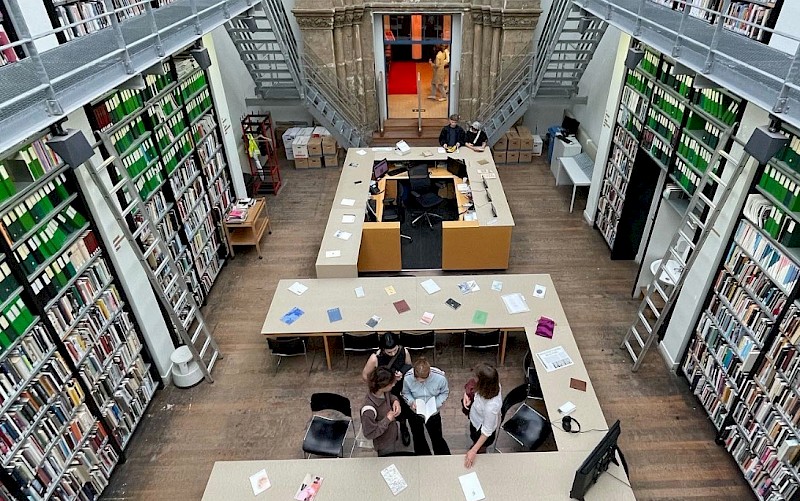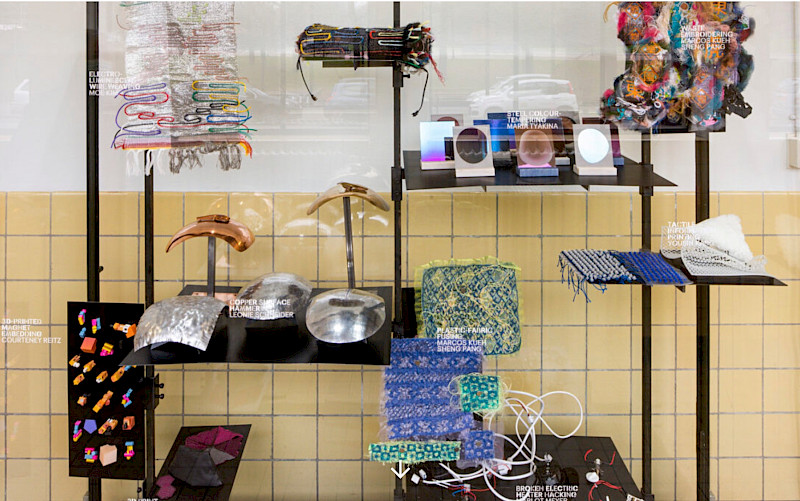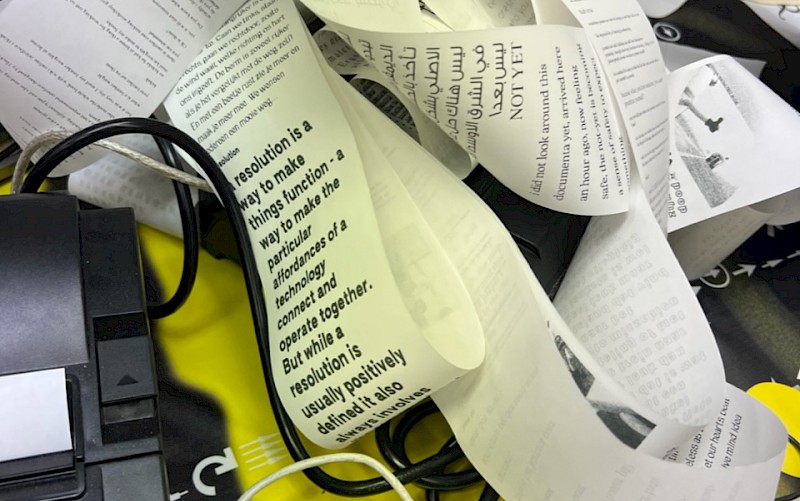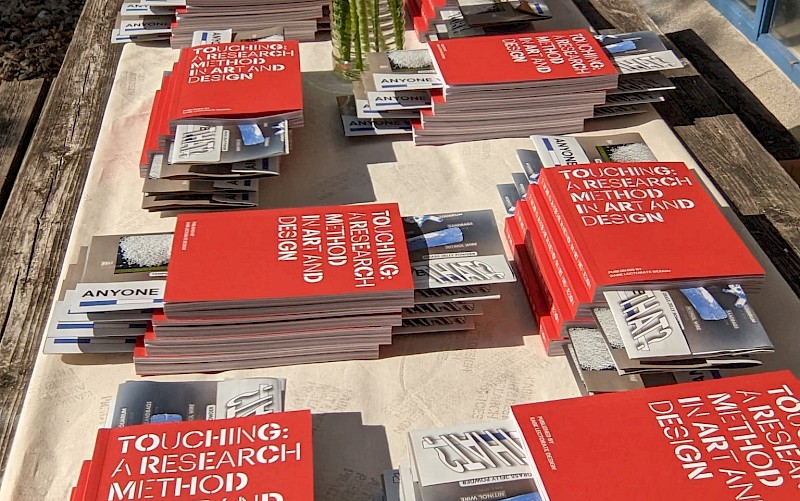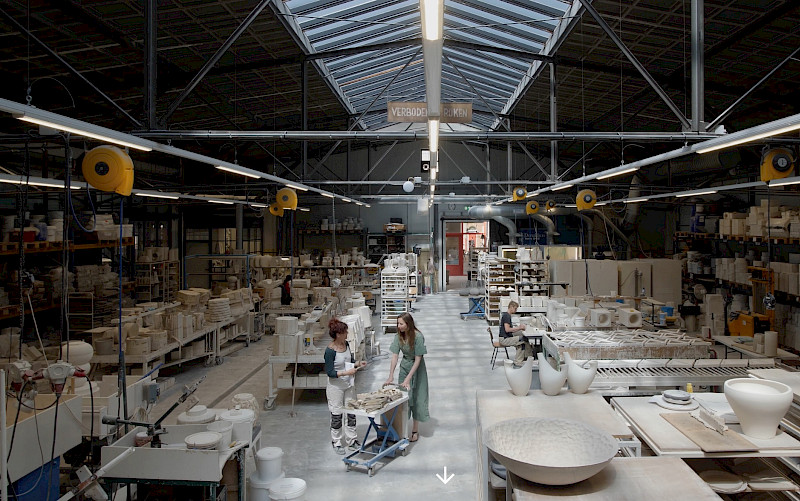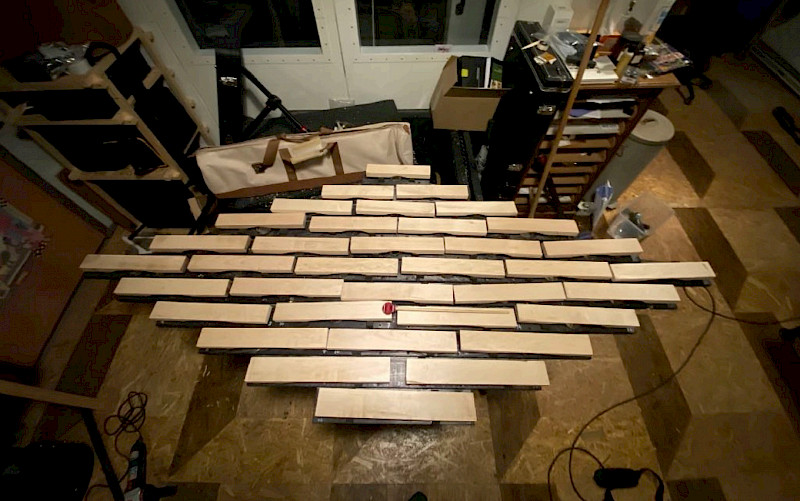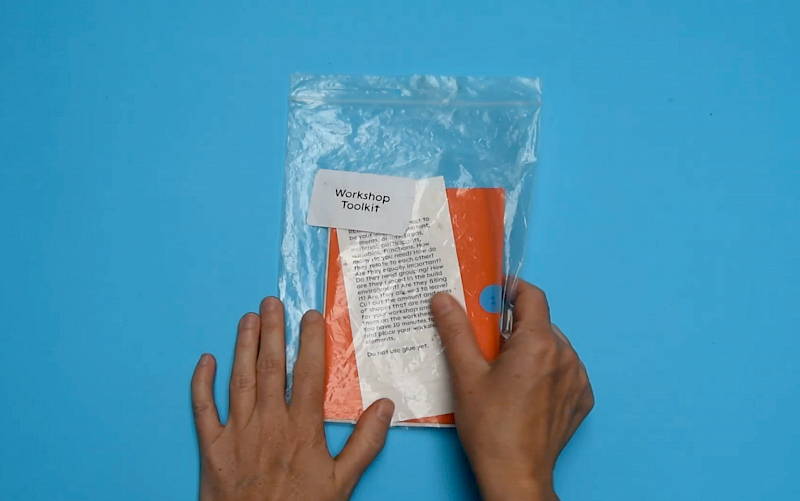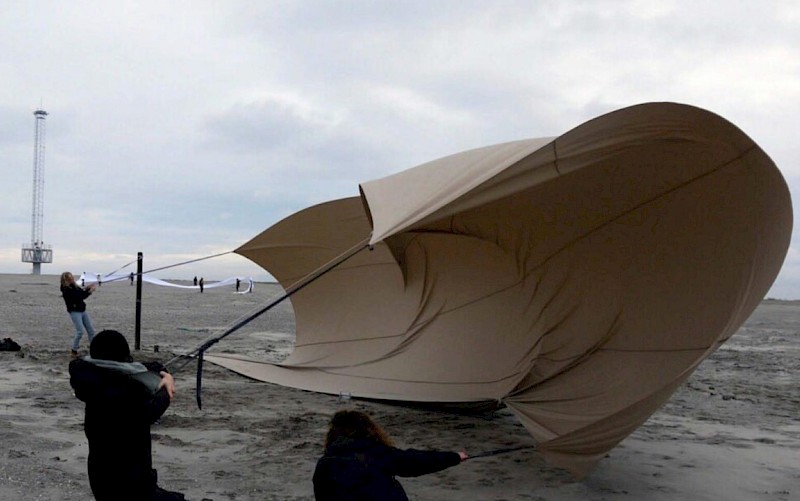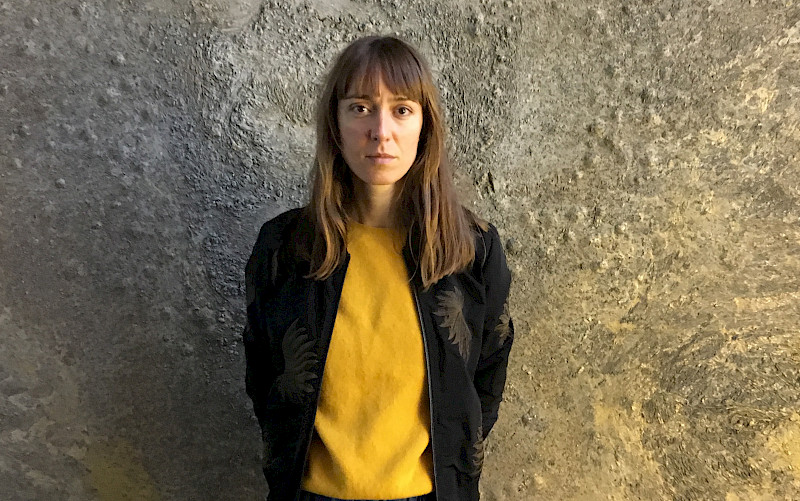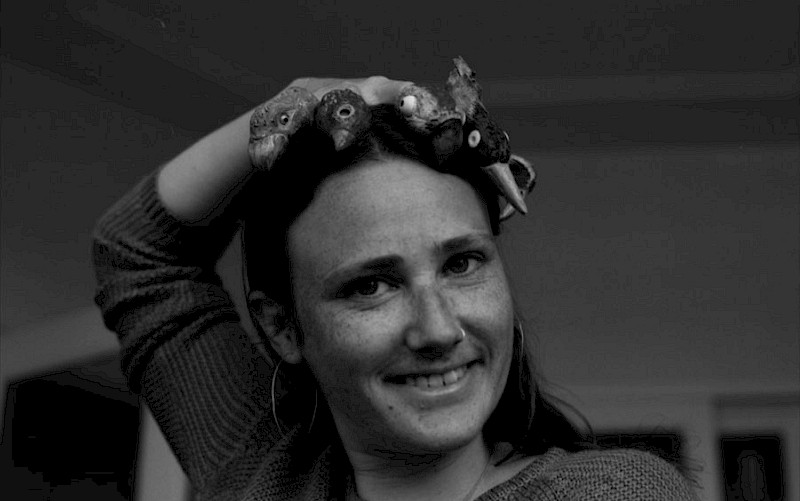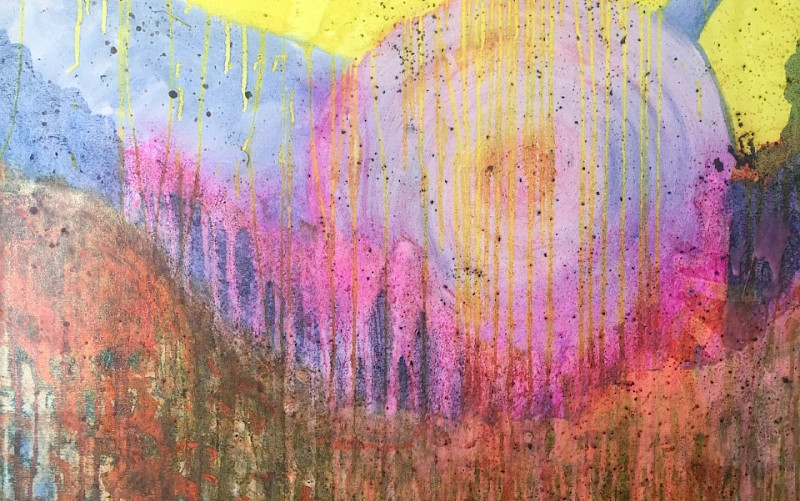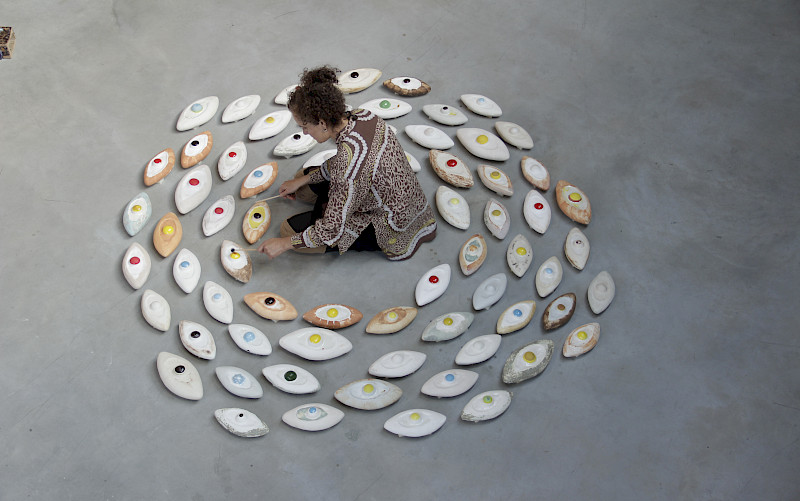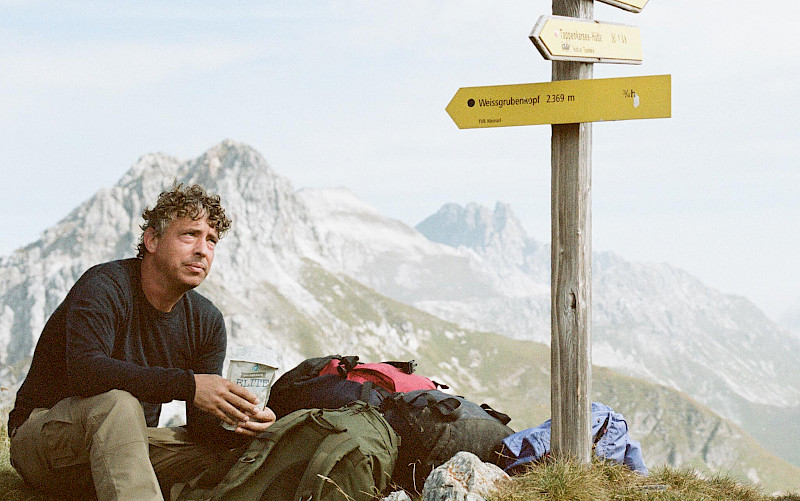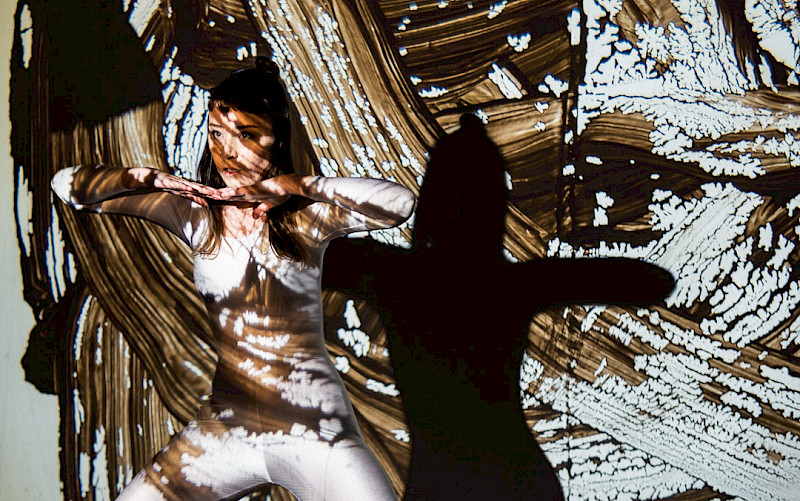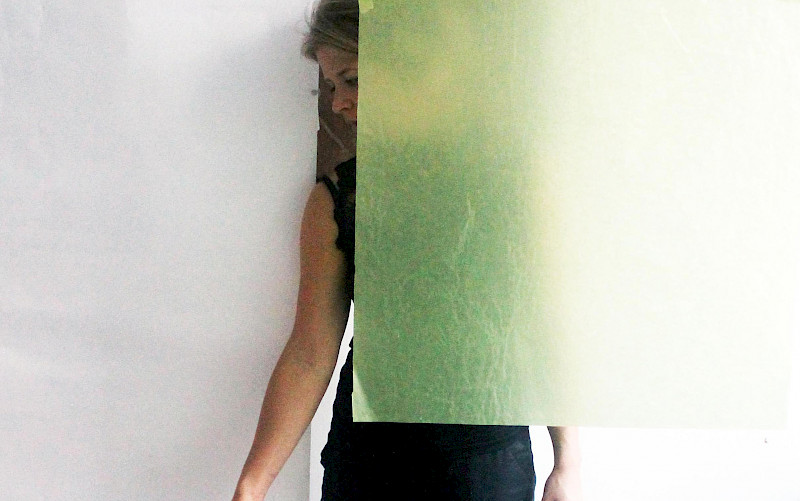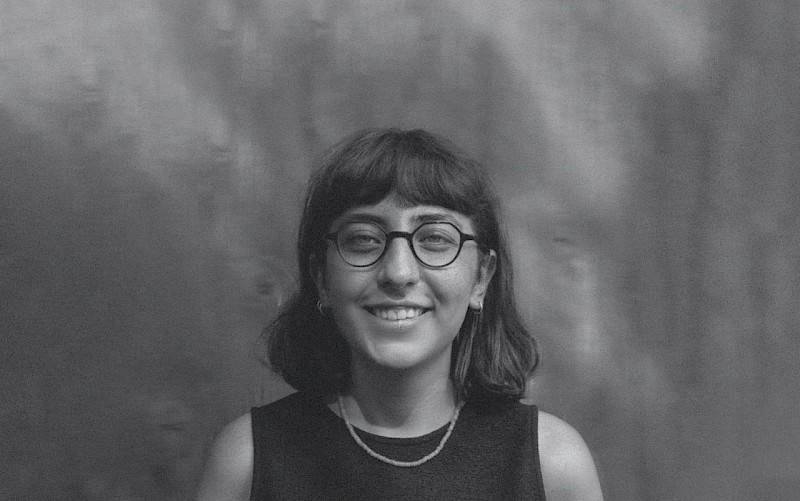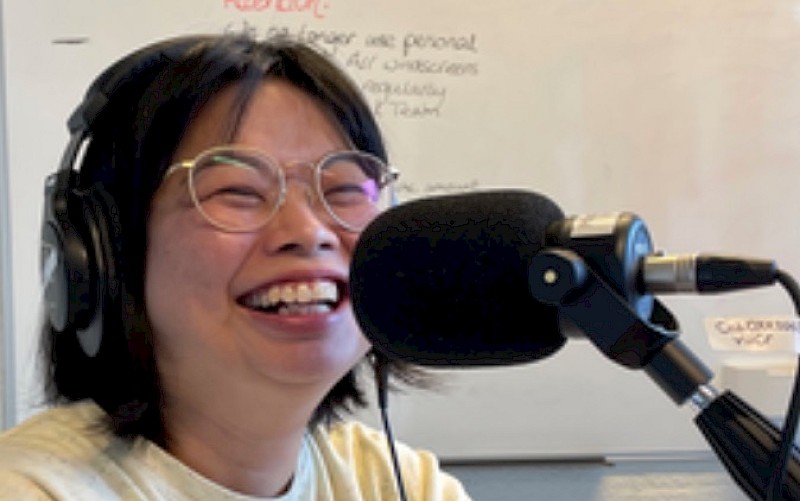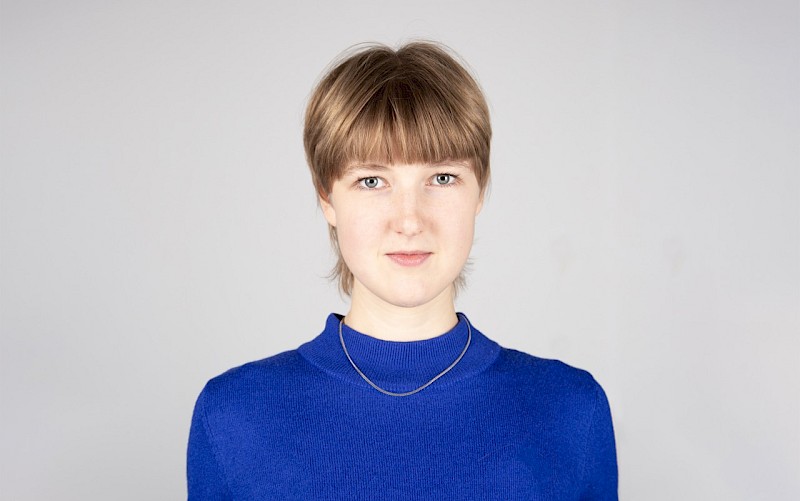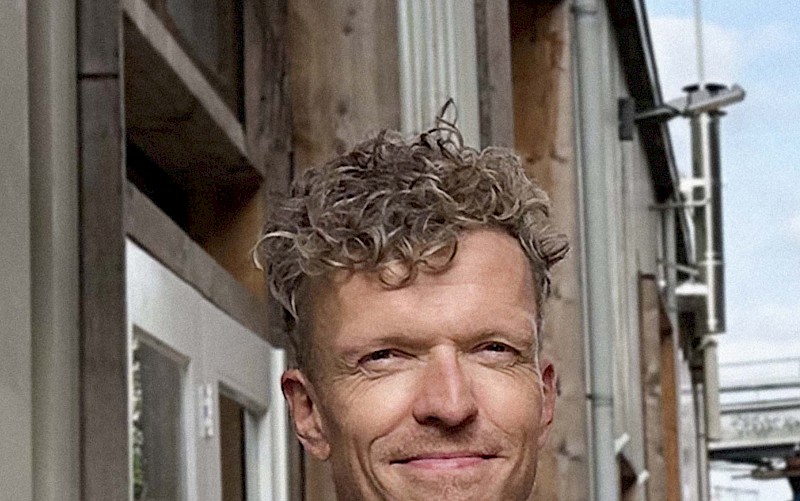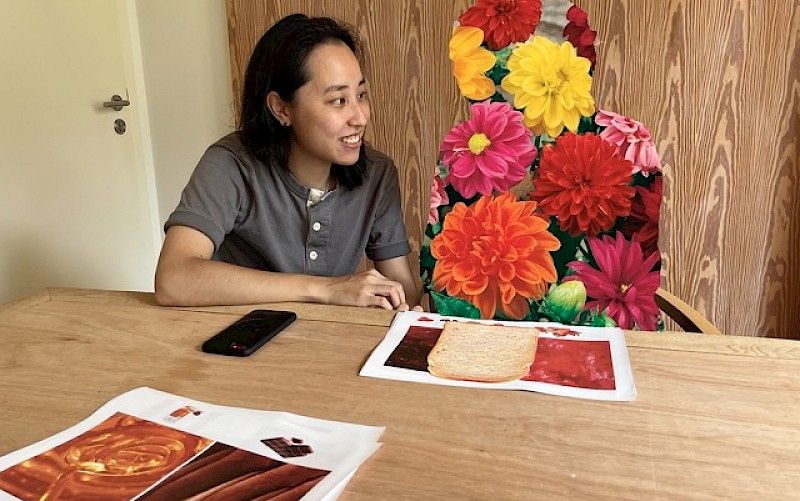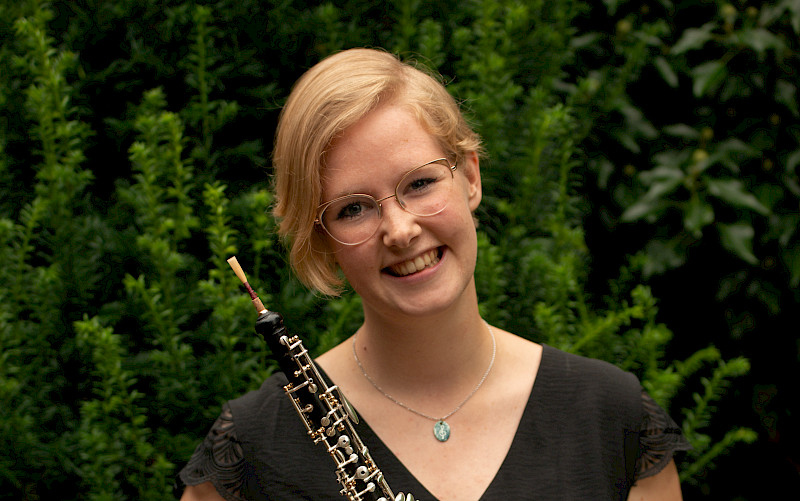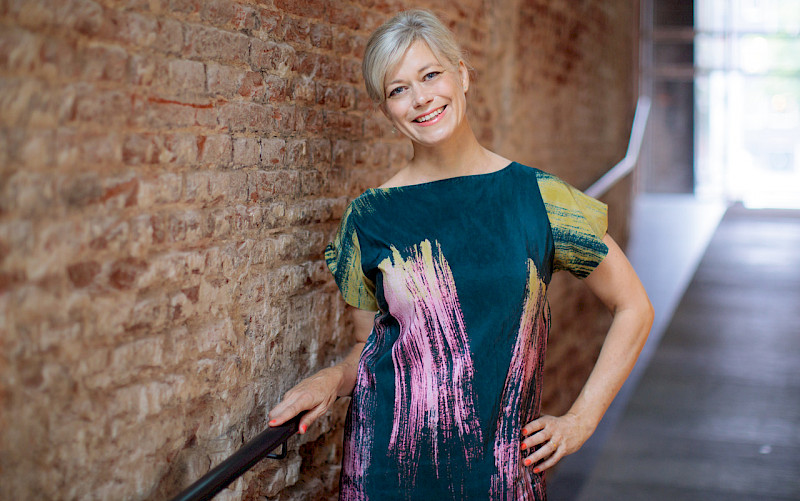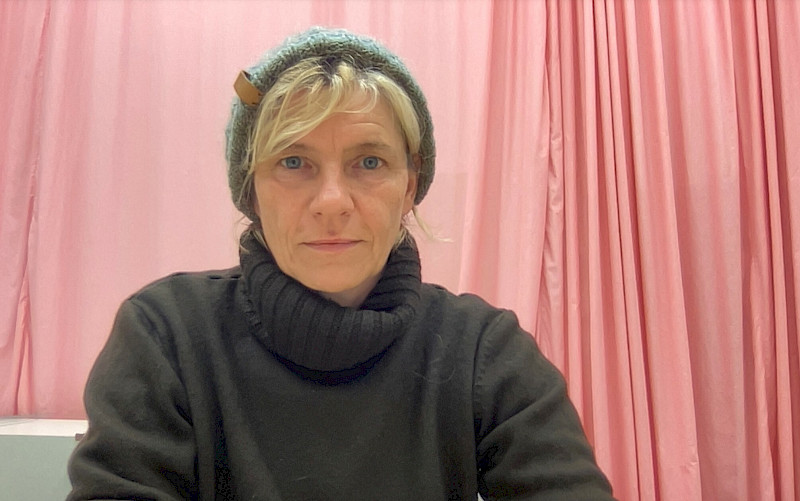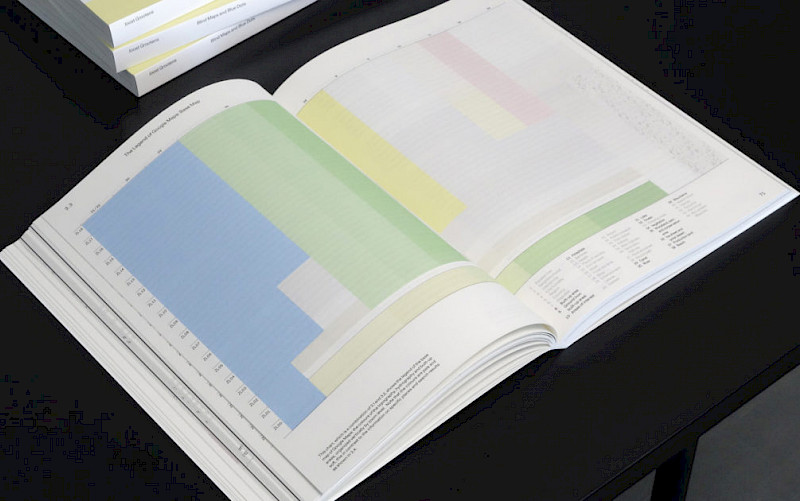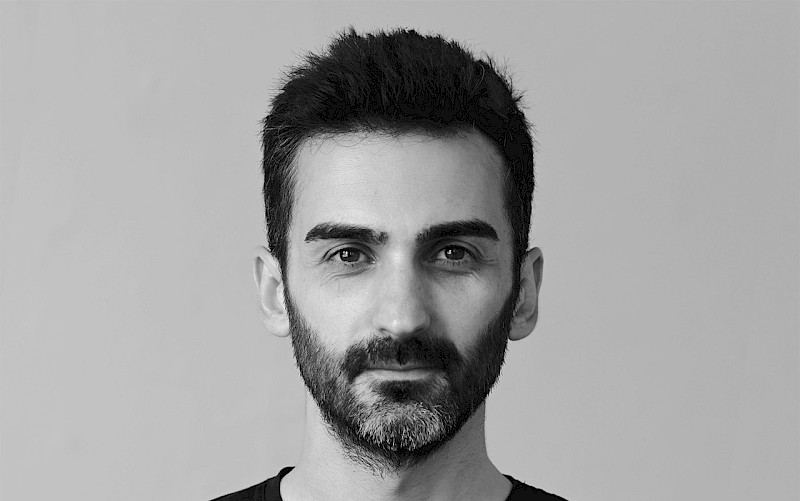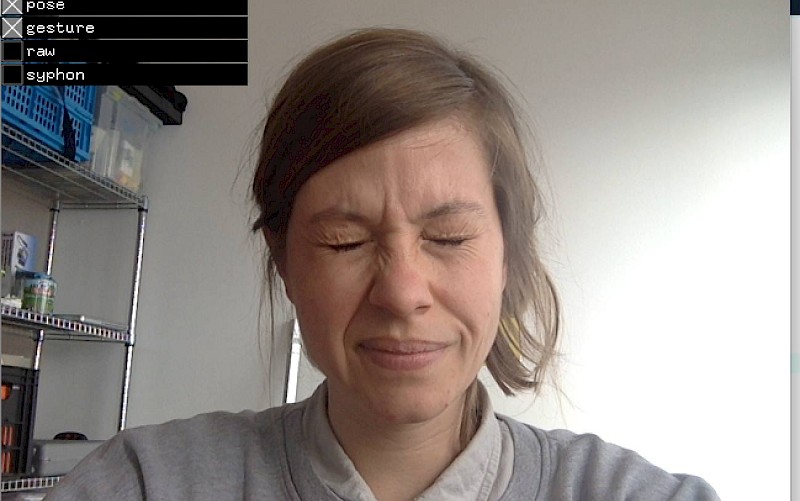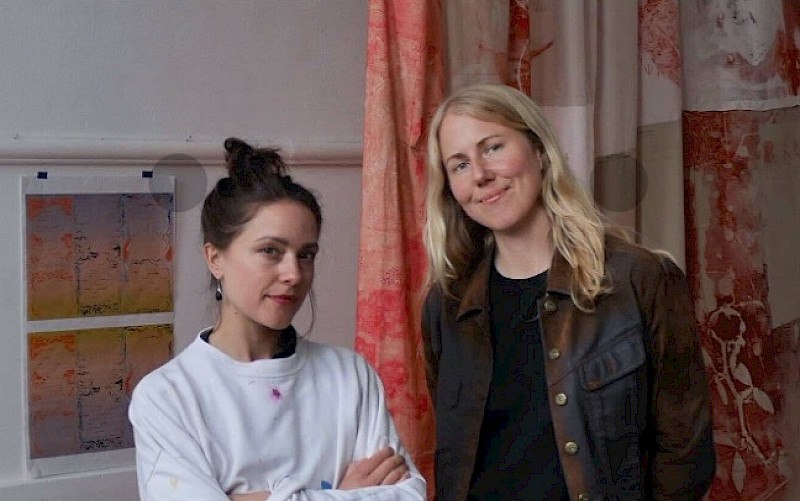Zand en Veen [Sand and Peat land]
The research project Zand en Veen is an experiment to reactivate a more embodied and empirical approach in design research.
“The Designer becomes a passenger to culture who is in some way possessed and inhabited by the (active and passive) influences of its commodization and multi-dimensionality. ”
Introduction to the project
Maps are culturally encoded mental constructs. Yet, due to the consequences of a pandemic and the resulting shift towards a digital realm individual and emotional experiences have become subsidiary and passive knowledge supplants genuine activity. Very often designers are focussed on the process of ‘problem to method to solution’. However, the solution is usually already implied by the way the problem is shaped by the designer.
How can we defy this development and reverse the research process to become more embodied?
Seeking the surprise in the psychogeographical contours of The Hague Zand en Veen does not approach the design process with a clear design problem/solution in mind in order to prevent the designer from pre-occupations. Instead, what different findings can we get if we re-interpret maps through an inverted design approach where method comes first and problem second so that method informs problem instead?
Based on Guy Debord’s “Introduction to a Critique of Urban Geography” and the “Dérive” as a tool for psychogeography and autoethnography Zand en Veen aimed to oppose increasingly predictable and monotonous layers of digital research input by looking for the surprise within the actual and present geographical environment of a city (The Hague) and the meta-physical impressions it leaves. Therefore, based on a method used in avalanche rescue where the location of the target is unknown, in this project Constanze Maier walked through each neighbourhood of The Hague in Zig-Zag patterns of overall around 110km while simultaneously documenting her findings in interviews, notes, photographs. After breaking up the usual urban divisions of neighbourhoods, the observations were re-arrangement along the Zig-Zag patterns creating an autoethnographical map of poetic cartography and new narrative “patterns” of The Hague.
